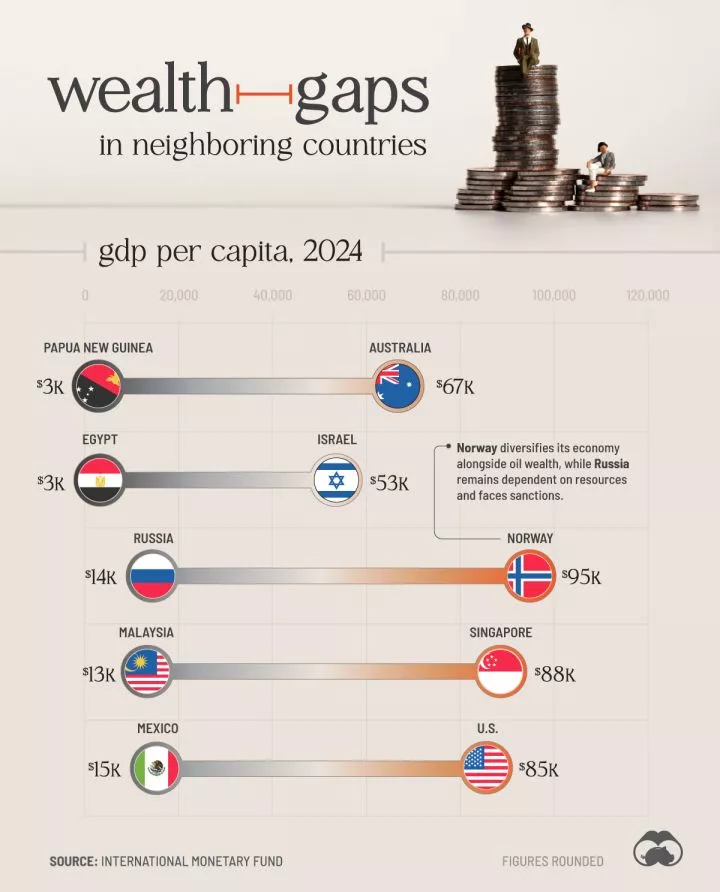
Statistics can sometimes mask huge disparities within regions, especially when it comes to economic might. For example, North America accounts for nearly one-third of the world's GDP, largely because of the United States' $29 trillion economy.
To illustrate other regional disparities, we map out five pairs of neighboring countries, each with a large difference in GDP per capita. Data is measured in U.S. dollars and sourced from the International Monetary Fund (IMF), as of 2024.
Neighboring Countries With Entirely Different Economies
Israel and Egypt may share a 128 mile (206 km) border but there's little else in common between these neighbors.
| 🇵🇬 Papua New Guinea | $2,530 | 🇦🇺 Australia | $66,590 |
| 🇪🇬 Egypt | $3,220 | 🇮🇱 Israel | $53,370 |
| 🇷🇺 Russia | $14,390 | 🇳🇴 Norway | $94,660 |
| 🇲🇾 Malaysia | $13,310 | 🇸🇬 Singapore | $88,450 |
| 🇲🇽 Mexico | $15,250 | 🇺🇸 U.S. | $85,370 |
In fact, Israel's GDP per capita is nearly 17x Egypt's, illustrating the deep economic divide between the two nations. Political developments in the 20th century have pushed each country down diametrically different paths.
Israel has become a tech powerhouse, known for cybersecurity and biotech. Meanwhile, Egypt's economy relies heavily on agriculture, tourism, and the Suez Canal, but struggles with high unemployment and slower growth.
These differences reflect not just their current economies, but years of divergent development shaped by politics, investment, and global partnerships.
Similarly, the GDP per capita difference between Russia ($14,000) and Norway ($95,0000 shows how economies can be polar opposite despite having many of the same natural resources.
Norway has pursued diversification, with strong sectors in shipping, fisheries, and renewable energy in addition to its oil and gas resources. It also has a robust welfare system and well-developed infrastructure.
Russia, on the other hand, has stayed reliant on its oil, gas, and minerals, making it more susceptible to global commodity price fluctuations and sanctions.

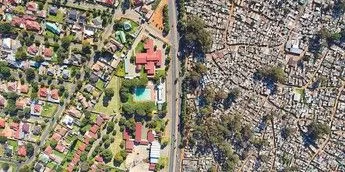
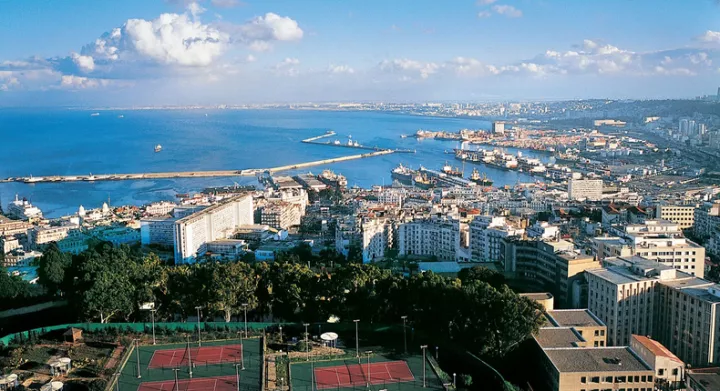
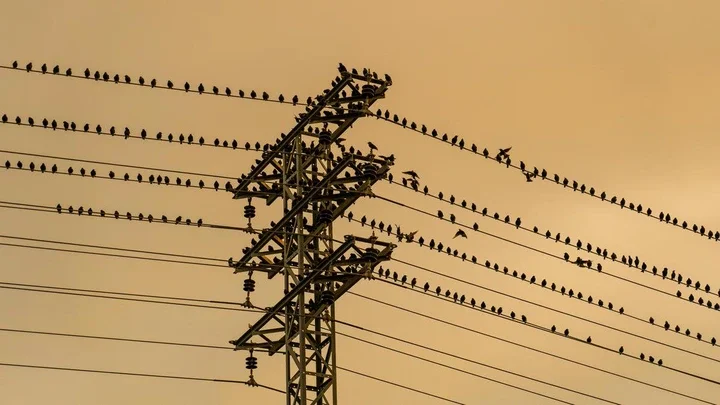
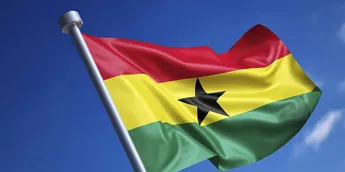












Comments